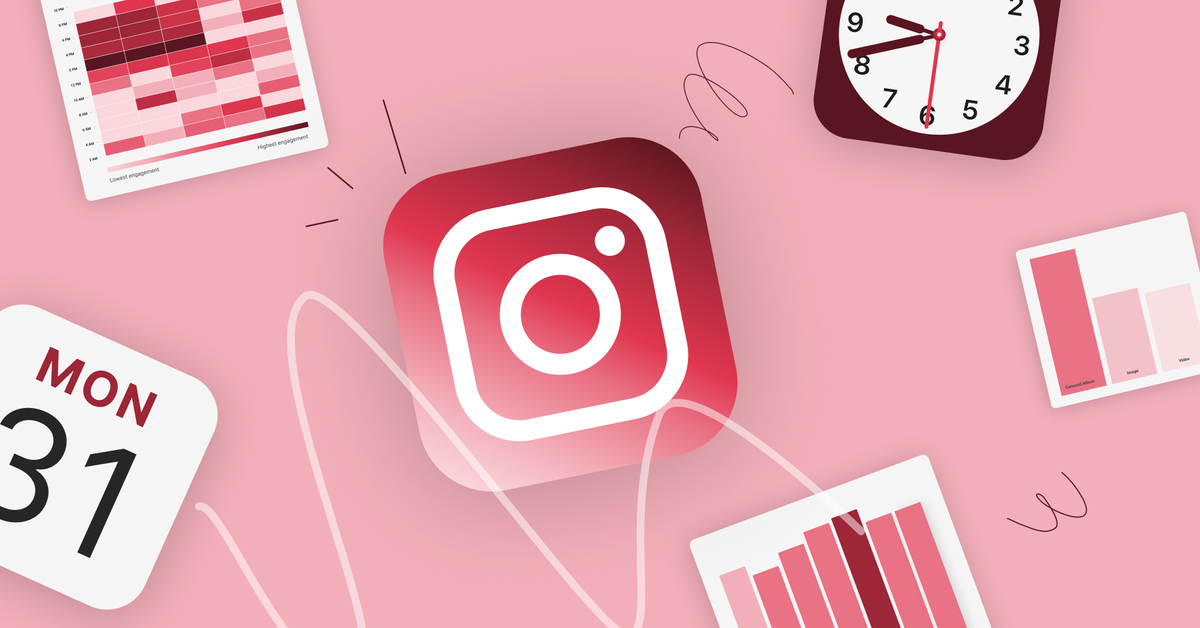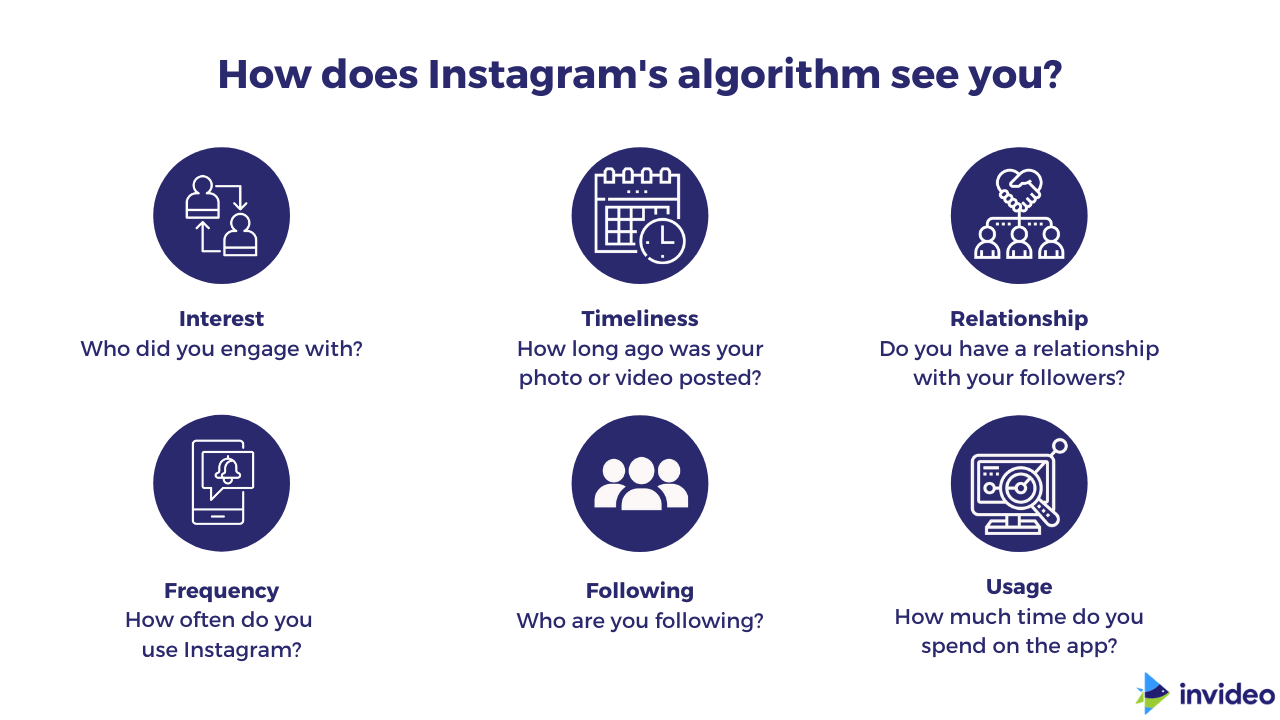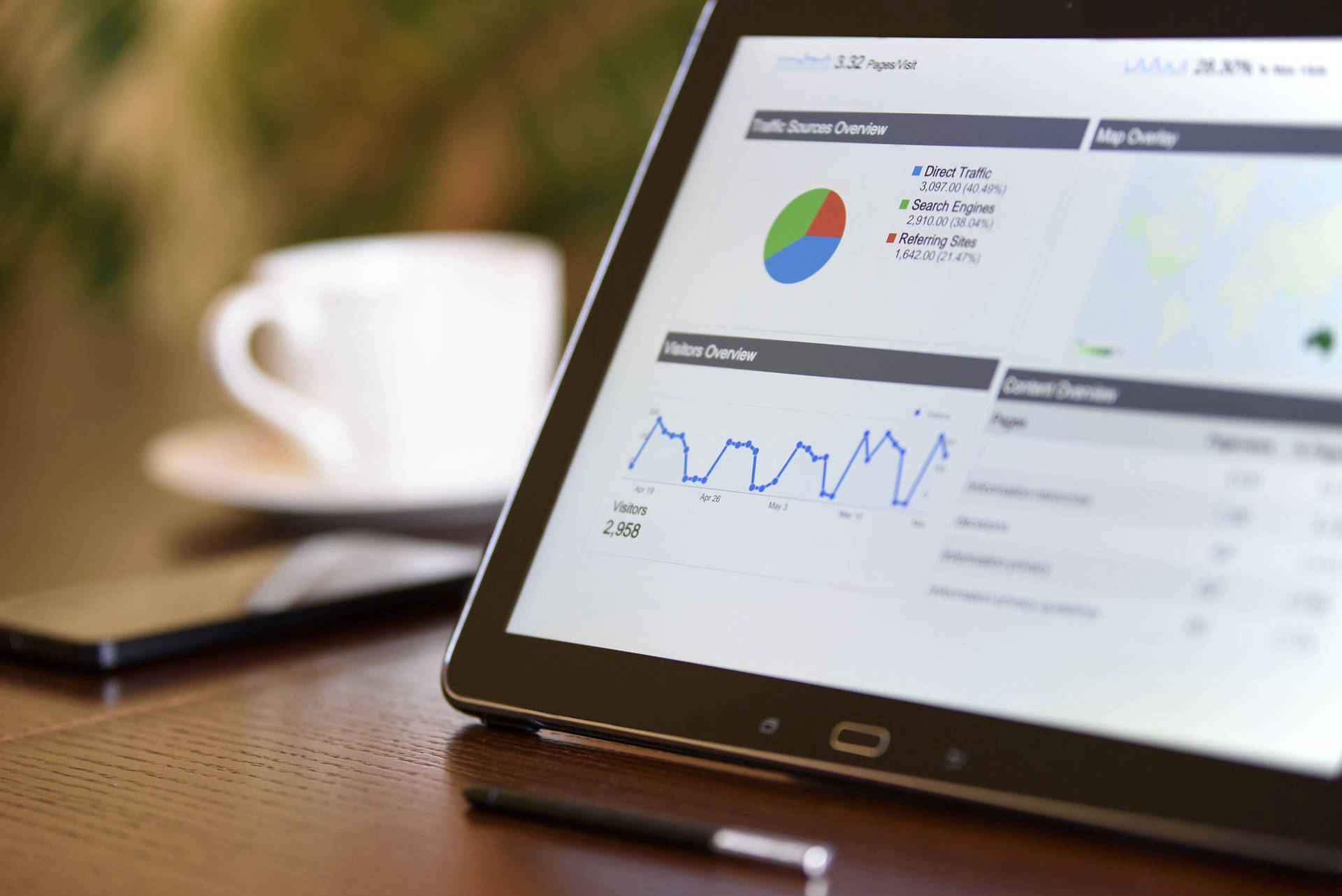Unlocking Instagram Success(3 Key Insights)
1. Basic knowledge

As one of the largest social media in the world, Instagram has more than one billion users. It not only has a higher interaction rate and brand awareness than Facebook, but can also be connected with online stores to provide better services to users.
The name "Instagram" is derived from "Instamatic," a series of cameras Kodak started selling in 1963. Instagram was founded by Kevin Systrom and Mike Krieger, and is based in San Francisco. The app was officially launched on the App Store in October 2010 and quickly gained popularity, reaching 100,000 registered users within just one week.
In September 2012, Facebook acquired Instagram for $715 million.
If you’re planning to enter the Instagram social media platform, here are some key data points to know.
1 billion monthly active users:Facebook 2.8 billion, TikTok 1 billion, Twitter 353 million, Pinterest 459 million. Instagram’s interaction rate not only surpasses Twitter, Pinterest and LinkedIn, but is also 10 times higher than Facebook.
500 million daily active users: 30 minutes of daily usage, 4.2 billion likes/day, 250 million shares/day, 63% open daily, 42% open multiple times.
Demographics: 52% female, 72% teenagers, more than 67% under 34 years old, 140 million users in the United States, 71% of American users are between 18 and 29 years old.
Income: 31% have an annual income of more than 75,000, 32% have an annual income of 50k-74k, 32% have an annual income of 30k-49k, and the income of Instagram users is 25% higher than that of ordinary Internet users.
Business: More than 71% of American companies operate Instagram, of which 96% are in the fashion industry, 500,000 advertisers, 130 million people click on shopping posts per month, 50% of users choose to buy after seeing products in Stories, 69% of marketing expenses are spent on influencers, 200 million users visit merchant homepages per day, 70% of users search for products on the platform, 90% of Instagram users follow at least one business account, 150 million users per month engage in conversations with merchants through DM, and one-third of them are initiated from Instagram Stories.
2. Algorithm Overview
When entering a new field, it's best to first familiarize yourself with the platform’s rules—what is allowed and what is not. By understanding the algorithms, you can quickly grasp the underlying operational logic of the platform.
Evolution of the Algorithm
Before 2016, Instagram's post recommendations were primarily chronological. Any post, regardless of quality or personal preferences, would be shown to users simply based on the time it was posted. Engagement metrics such as follows, likes, comments, shares, and time spent were not used for recommendations. This chronological algorithm allowed for continuous exposure as long as users posted frequently, but it was not very user-friendly, causing users to miss up to 70% of the content.
After 2016, as Instagram's user base grew, the platform began incorporating more factors into its recommendations, such as frequently viewed posts, favorite accounts, and engagement levels. The recommendation algorithm shifted from being time-based to interaction-based. As a result, growing followers became less straightforward; the system now demanded higher quality posts and required ongoing adaptation to user preferences to achieve greater engagement and more visibility.
Algorithm indicators
Check Instagram official website algorithm explanation:
Instagram official explained the algorithm. Combined with practical experience, the algorithm mainly has the following 7 main indicators:

Personal Interests
Users are the core of any platform, and the amount of time users spend on the platform is a key indicator of its value.
To meet users' needs continuously, understanding their personal interests becomes crucial.
Every activity a user engages in on the platform is recorded, such as likes, comments, shares, saves, and follows. These actions directly reveal user preferences. For instance, if you frequently engage with product recommendations, the system will infer your interest in such content, tag your account accordingly, and then push similar posts to you.
Proximity
While personal interests focus on user preferences, proximity measures the level of interaction between users.
The concept of proximity is akin to a deep, reciprocal relationship, which is often more engaging.
Proximity is a higher level of personal interest and includes factors such as friends, family, and frequently visited accounts, which receive priority in display. Indicators of proximity include mutual comments, message frequency, sharing posts, tagging each other, geographical closeness, and whether you have added each other through your phone’s contact list.
Number of Followers
For new accounts looking to grow followers quickly, a common strategy is to follow others in hopes of reciprocal follows.
Instagram's system recommends posts from the accounts you follow. If you follow many people, the system will cast a wider net in its recommendations, as it has less clarity about your specific preferences, reducing the likelihood of seeing posts from specific accounts.
Conversely, if you follow fewer people, posts from those accounts are more frequently displayed to you.
Online Time
Instagram users spend an average of 53 minutes per day on the platform.
The more time you spend online, the better the system can tailor content recommendations to your interests. If you spend less time online, the system collects less data on your preferences and will likely show you more generic content.
Post Timing
Even with algorithm updates incorporating engagement metrics, post timing remains a crucial factor.
The optimal posting time is determined by peak activity periods of your target audience and their engagement patterns. Since user activity times may differ from your target market's peak times, timing accuracy can be challenging. Instagram's emphasis on immediacy means posts are most visible within the first 24 hours, but without top-ranking tags, posts may not receive extended exposure or secondary boosts.
Usage Frequency
Each time you log in, Instagram reorders and prioritizes recommended posts.
The system displays the best posts since your last visit. This feature becomes more pronounced with less frequent logins. Frequent use means you receive more tailored content recommendations based on your recent activity.
Time Spent on Posts
This measures how long users spend viewing posts. The longer you engage with posts from an account, type, or tag, the more the system recognizes your interest.
To increase user engagement time, focus on high-quality content, including videos, images, music, captions, and tags. Creators must continuously enhance post quality to capture more attention and receive better recommendations from the system.
3. Recommendation Process
Initial Display to a Small User Group
Your post is first shown to a small segment of users to gauge its initial response and engagement.Wider Display to a Larger User Group
If the post performs well with high engagement in the initial phase, it will be shown to a larger audience.Top of Feed Display
Further successful performance may push your post to the top of users' Feed, giving it prominent visibility in their main content stream.Explorer Pages Display
If the post continues to perform well, it might appear on the Explorer Pages, where users discover content they might like, thereby increasing exposure.Hashtag Display
Outstanding posts may also be featured on relevant Hashtag pages, broadening their reach and impact.
The recommendation process involves five stages. The ability of a post to progress through these stages depends on its popularity. The system assesses user engagement to determine if the post should receive more recommendations.
Additionally, the system compares the performance of your post to other posts published at the same time. For instance, if you post at 11 AM on Tuesday, the system will compare it to posts made at the same time the previous Tuesday to evaluate its performance, rather than comparing it to posts from other times or days. This ensures an accurate assessment of engagement and quality.
If your post performs better than previous posts, it indicates higher content quality, resulting in increased traffic and visibility.

Start Growing your Instagram followers
Faster with PopularUp
Over 500+ 5 Star Reviews. Grow Your Account Today With Our Organic Methods


